Dieffenbachia Schott
dumb cane, dumbplant, mother-in-law plant
Araceae
New World Tropics, from Mexico and the West Indies south to Argentina
plants offered for aquaria are often offered simply as Dieffenbachia spp.
(several species and cultivated hybrids and varieties are offered as house plants, and for aquaria though not aquatic plants)
D. seguine (Jacq.) Schott
Introduced to some tropical islands and areas of tropical Asia. Dieffenbachia seguine is introduced into Florida (United States).
not weedy
terrestrialterrestrial:
(adj) growing on land as opposed to living in water
 , helophytic, or amphibiousamphibious:
, helophytic, or amphibiousamphibious:
(adj) of a plant able to live on land or in water
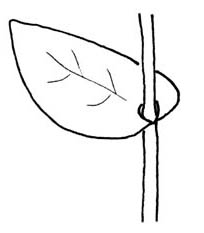 herb
herb
Evergreen, often robust. Stems typically erect, unbranched, internodes distinct with conspicuous annular leaf scars, lower nodes rooting; sap often milky. Leaves large, numerous, clustered at stem apexapex:
(n) the point farthest from the point of attachment; the tip (often pointed)
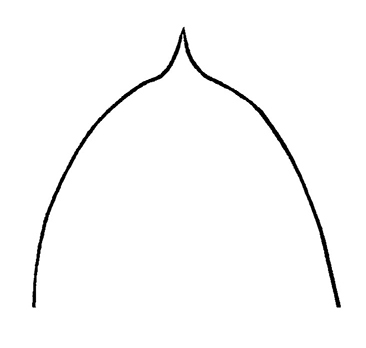 ; petiolepetiole:
; petiolepetiole:
(n) the stalk of a leaf
 sheath long; leaf bladeblade:
sheath long; leaf bladeblade:
(n) (syn. lamina) the flat, expanded part of a leaf, frond, or petal (excluding, e.g., the petiole)
 ranging between ovateovate:
ranging between ovateovate:
(adj) egg-shaped in outline; generally with the broad end at or near the base
 , oblongoblong:
, oblongoblong:
(adj) two to four times longer than wide, with +/- parallel sides
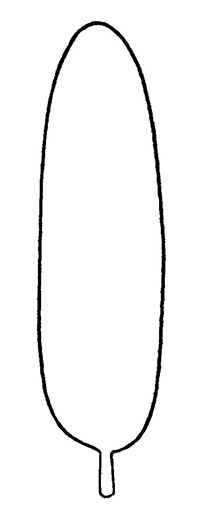 and ellipticelliptical:
and ellipticelliptical:
(adj) in the form of an ellipse (oval)
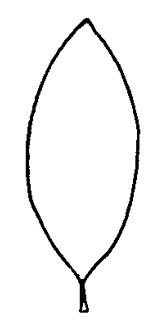 , green, often variegated; venationvenation:
, green, often variegated; venationvenation:
(n) the arrangement of veins in a leaf
 pinnate, midribmidrib:
pinnate, midribmidrib:
(n) the main or central vein, line or rib in a leaf or perianth segment
 thick, prominent. Inflorescenceinflorescence:
thick, prominent. Inflorescenceinflorescence:
(n) the arrangement of flowers on the floral axis
 axillary, a spathespathe:
axillary, a spathespathe:
(n) a large bract or bracts subtending and often enclosing an inflorescence
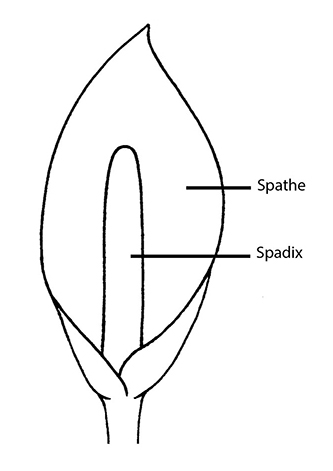 and spadixspadix:
and spadixspadix:
(n) a spike of small flowers borne on a thick, fleshy axis
 , 1 to several together; pedunclepeduncle:
, 1 to several together; pedunclepeduncle:
(n) the stalk of a flower cluster or inflorescence
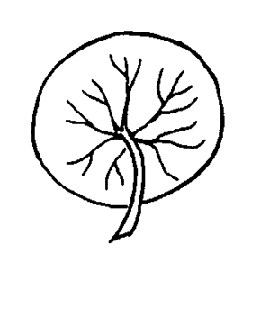 shorter than the leaves; bracts short, usually inconspicuous. Spathespathe:
shorter than the leaves; bracts short, usually inconspicuous. Spathespathe:
(n) a large bract or bracts subtending and often enclosing an inflorescence
 tube usually elongated, persistentpersistent:
tube usually elongated, persistentpersistent:
(adj) (of leaves etc,) remaining attached; not being dropped or falling off
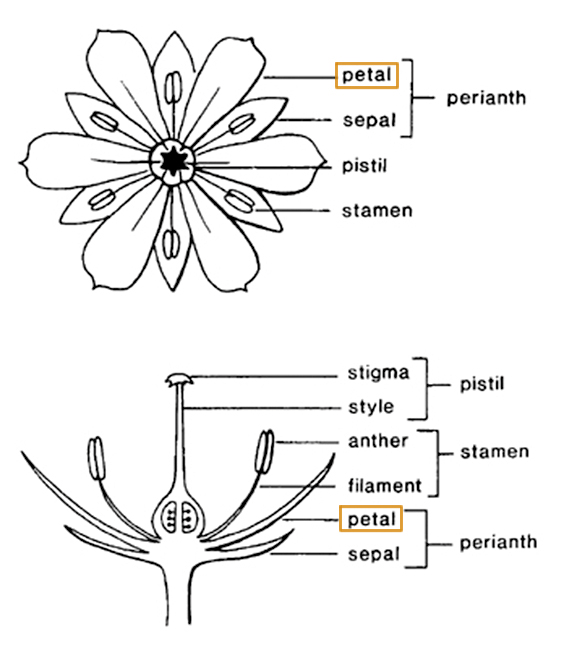 and splitting longitudinally in fruit, limblimb:
and splitting longitudinally in fruit, limblimb:
(n) the expanded portion of a petal or bract (e.g., a spathe)
 erect or recurvedrecurved:
erect or recurvedrecurved:
(adj) curved downward or backward
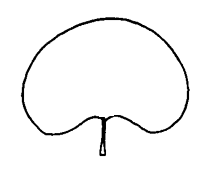 , oblongoblong:
, oblongoblong:
(adj) two to four times longer than wide, with +/- parallel sides
 . Spadixspadix:
. Spadixspadix:
(n) a spike of small flowers borne on a thick, fleshy axis
 erect, slightly shorter than spathespathe:
erect, slightly shorter than spathespathe:
(n) a large bract or bracts subtending and often enclosing an inflorescence
 ; flowers small, often turning yellow, orange, or red; berries 2-3-lobed, red to orange; seeds 1-3, green to blackish green.
; flowers small, often turning yellow, orange, or red; berries 2-3-lobed, red to orange; seeds 1-3, green to blackish green.
tropical and subtropical wet or rain forests, along streams or in open swamps
A genus of over 60 species; the majority of species are found in humid, wet forests, but none are true aquatics. Dieffenbachia is often offered as an aquarium plant as Dieffenbachia spp. Dieffenbachia maculata, D. picta, and D. seguine, plus many cultivated hybrids and varieties, are available as house plants and may also be offered as aquarium plants.
The sap, especially of the stem and petioles, contains toxic compounds and should be avoided by people and pets.